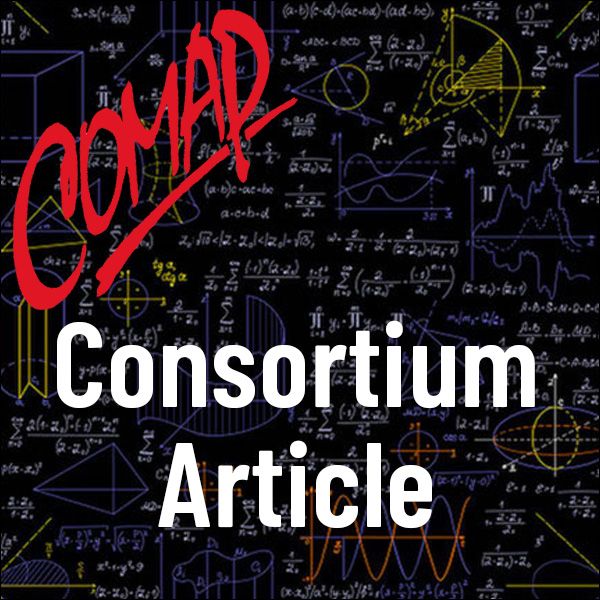The Transition from Two Dimensions to Three Dimensions - Some Geometry of the Tetrahedron
Author: Joseph Malkevitch and Derege Haileselasie Mussa
Given three (straight) sticks, when can they be used to make a triangle? Given six (straight) sticks, when can they be used to make a tetrahedron?
The triangle is the simplest example of an important kind of 2-dimensional geometrical structure - the polygon. The tetrahedron is the simplest of an important kind of 3-dimensional geometrical structure - the polyhedron. In this note we will look at how some ideas involving basic combinatorics, graph theory, and geometry can be used to help get insight into the thinking about the geometry of the tetrahedron and the transition between thinking about 2- dimensional problems to thinking about 3-dimensional problems. Along the way we will see lots of opportunities to provide students with problems for thinking about geometrical questions that have not been well explored. The "methods" here develop further the ideas for classifying quadrilaterals previously discussed in Alonso and Malkevitch [2,3] which in turn built on work of Branko Grünbaum [4}. We will try to keep the development of the ideas as informal as possible. By a triangle we will mean 3 points in the plane not all on a line. By a tetrahedron we will mean 4 points in 3-space not all situated in one plane. We shall be interested in two types of questions.

Mathematics Topics:
Application Areas:
You must have a Full Membership to download this resource.
If you're already a member, login here.